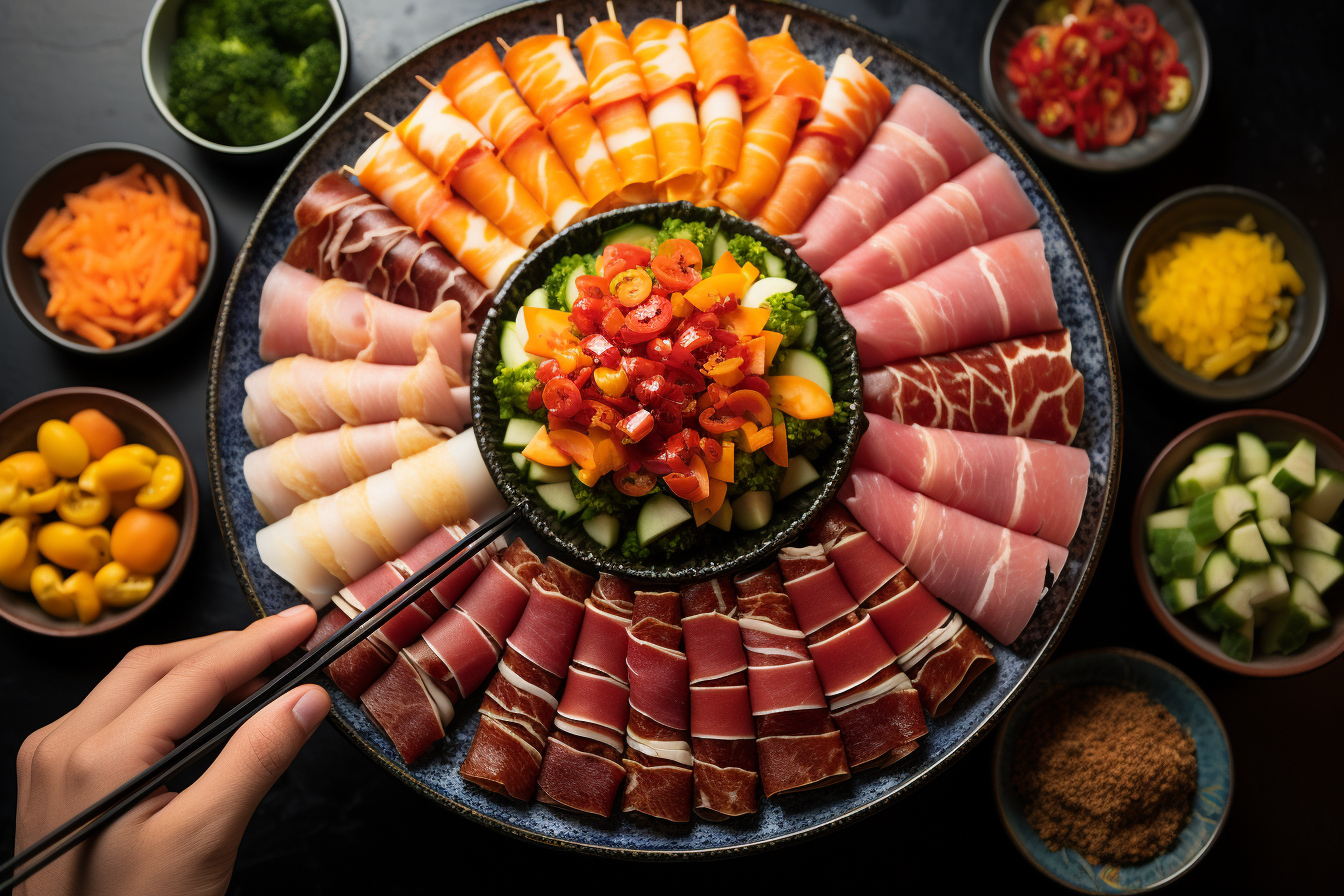Adopting a gluten-free diet can seem like a challenge, especially when traveling. When the destination is Asia, it can seem even more daunting. Not that Asian people don’t care about specific dietary needs, but rather because traditional food in many Asian countries includes gluten-containing ingredients.
Understanding the challenges of a gluten-free diet in Asia
Asia is a diverse continent with a rich and varied cuisine. However, the main challenge for people following a gluten-free diet in Asia lies in the ingredients commonly used in Asian cuisine. Soy, barley, rye and wheat, all containing gluten, are staple ingredients in many cuisines in Asia.
Added to this is the problem of the language barrier. Explaining your specific dietary needs can be tricky, even more so if you don’t speak the local language. In Asia, the concept of a gluten-free diet is less common than in the West, which can make it even more difficult. Therefore, travelers must be extra vigilant when eating.
Strategies for Maintaining a Gluten-Free Diet While Traveling in Asia
Fortunately, there are strategies for maintaining a gluten-free diet while enjoying your trip to Asia.
First, education matters a lot. Learning a few key phrases in the local language to explain your diet can help you better communicate your needs. For example, in Mandarin you might say “Wǒ bù Néng chī xiǎomài”, which means “I can’t eat wheat.”
Second, consider taking gluten-free snacks with you. This will prevent you from being left without gluten-free options when traveling.
Third, use translation apps or apps specifically designed to help identify gluten-containing foods. Some apps even let you scan a food’s barcode to check if it contains gluten.
Finally, do some research in advance about restaurants serving gluten-free meals in the area you’re visiting. Some countries, like Japan and Thailand, are more accommodating in terms of special diets and offer a variety of gluten-free options.
Navigating local markets: a solution for gluten-free eaters
When traveling in Asia, an authentic cultural experience is to browse the local markets. For those following a gluten-free diet, this can not only be a deep immersion into the local culture, but also a practical strategy for finding foods that suit their diet.
Freshness in the foreground
Asian markets are full of a variety of fruits, vegetables, fish and fresh meats. Unprocessed foods, such as fresh vegetables or fish, are naturally gluten-free. Additionally, purchasing these ingredients gives you complete control over how they are prepared, reducing the risk of cross-contamination.
Discover gluten-free alternatives
Asia is also the birthplace of many gluten-free alternatives. Rice, for example, is a staple food in many Asian countries. Rice noodles, sticky rice or fragrant rice are delicious and safe options. Additionally, some countries, such as Vietnam, have a strong tradition of rice dishes, such as rice pancakes and spring rolls.
Tapioca flour is another alternative commonly used in Asia to prepare desserts. It is naturally gluten-free and provides a moist texture to many delicious dishes.
Communication with sellers
Although the language barrier can be a problem, most market sellers are passionate about their products. They might guide you to gluten-free options, or show you how a certain food is prepared. Simple gestures, combined with translation applications, can facilitate this communication.
Street food: a hidden opportunity for the gluten-free diet
The bustling streets of Asia are famous for their street food. From one stall to another, the tempting aromas invite travelers to discover a multitude of local delights. For people following a gluten-free diet, street food can reveal unexpected treasures.
Local specialties in the spotlight
Many street foods in Asia are based on naturally gluten-free ingredients. Take the example of grilled meat or fish skewers, common in many Asian countries. They’re often marinated in simple spices and grilled to perfection, offering a gluten-free option right to the curb.
Be careful with sauces and condiments
It is essential to remain vigilant. Many sauces, while delicious, contain soy or other gluten-containing ingredients. It’s a good idea to ask sellers to separate the sauce or avoid using it. To make this easier, learning a few phrases or key words about gluten in the local language can be invaluable.
Experiment with caution
Each street stall is unique, and just like in restaurants, there is a risk of cross-contamination. It is therefore crucial to observe how food is prepared and be aware of the utensils used. If you have any doubts, it might be best to move on to the next booth.
The advantage of visibility
One of the best things about street food is that you can often see the food being prepared in front of you. This gives you the opportunity to spot the ingredients used and assess whether a dish suits your gluten-free diet.
Discover Asian drinks suitable for a gluten-free diet
Asia, rich in its cultural diversity, offers a range of drinks that are not only refreshing, but also consistent with a gluten-free diet. Knowing these drinks can not only enrich the traveler’s taste experience, but also offer safe alternatives when you want to hydrate or relax after a day of discovery.
Tea: a timeless classic
Tea is a ubiquitous beverage in Asia, consumed for millennia. Whether it’s Japanese green tea, Chinese black tea or Indian chai, these drinks are naturally gluten-free. Additionally, each country has its own tea rituals and variations, which provides a unique opportunity to immerse yourself in the local culture while sticking to your diet.
Tropical fruit juices: an explosion of flavors
Tropical Asia is full of fruits found nowhere else. Drinking mango juice in Thailand, lychee juice in Vietnam or durian juice in Malaysia is not only a taste experience, but also a way to appreciate local gluten-free products. However, it is essential to ensure that these juices are not mixed with other gluten-containing ingredients.
Coconut milk: creamy sweetness
Present in many Asian dishes, coconut milk is also consumed as a drink in several Southeast Asian countries. Naturally soft and creamy, it offers a refreshing, gluten-free alternative. In some places, it’s even mixed with pieces of fruit or tapioca pearls for an extra touch of deliciousness.
Coconut water: natural hydration
Coconut water, different from coconut milk, is the clear liquid inside young green coconuts. It is a popular drink in many parts of Asia, not only for its pleasant taste, but also for its hydrating properties. And of course, it is naturally gluten-free.
Be careful with alcoholic drinks
Although many traditional alcoholic drinks in Asia are rice-based, such as Japanese sake or Korean soju, it is crucial to remain vigilant. Some alcohols may be mixed with gluten-containing ingredients during the manufacturing process. It is therefore essential to find out before consuming.













